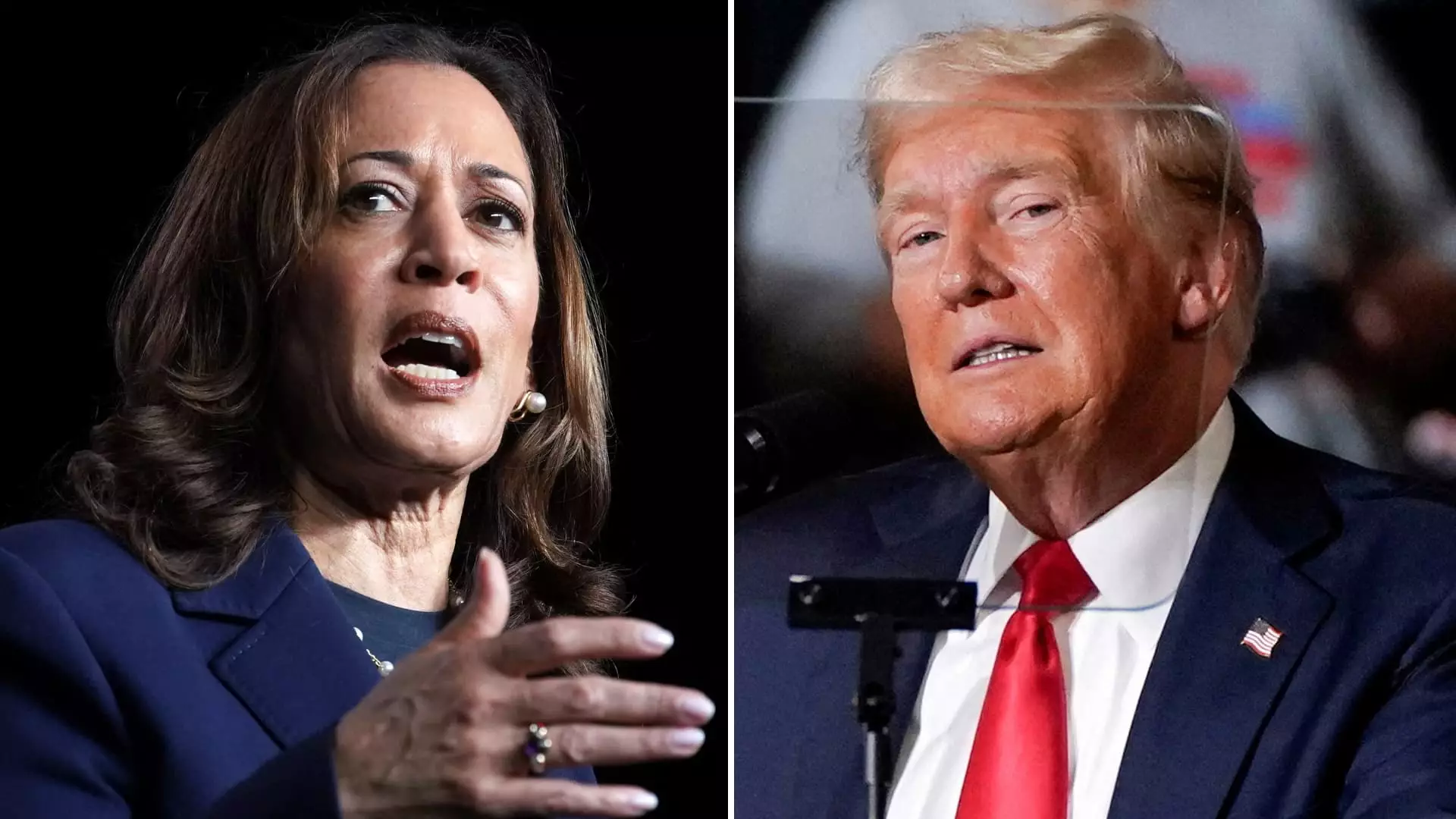As former President Donald Trump and Vice President Kamala Harris unveil their economic agendas, the focus on tax changes has taken center stage. With trillions in tax breaks enacted by Trump via the Tax Cuts and Jobs Act set to expire after 2025, more than 60% of taxpayers could see higher taxes in 2026 without extensions, according to the Tax Foundation. Key provisions such as lower federal income tax brackets and a higher standard deduction will be on the line.
Despite the political rhetoric surrounding the 2017 tax law, the reality is that both parties will likely have to agree on extending trillions in tax cuts. Andrew Lautz, associate director for the Bipartisan Policy Center’s economic policy program, points out that negotiations could be challenging due to concerns about the federal budget deficit. Extending TCJA provisions and subsidized premiums for marketplace health insurance could increase federal deficits by nearly $5 trillion over 10 years, adding further complexity to the issue.
President Trump aims to preserve the individual and business tax cuts enacted through the TCJA, promising “big tax cuts for families and small businesses.” His campaign emphasizes the importance of maintaining these tax cuts to support economic growth and recovery. Additionally, Trump has proposed eliminating income tax on Social Security, a move that seeks to address concerns among voters.
Vice President Harris has not directly addressed the extension of TCJA provisions in her campaign. However, President Biden’s economic advisor, Lael Brainard, has voiced support for partial extensions while emphasizing the need for a fairer tax system. Harris has proposed increasing the corporate tax rate to 28%, up from the current 21% enacted by the TCJA, as a measure to reduce the deficit by $1 trillion over a decade. Her economic plan includes expanded child tax credits and other priorities to support families.
While Trump has called for sweeping tariffs on imported goods, Harris has focused on increasing revenue through corporate tax rate adjustments. Both candidates have floated the idea of eliminating income tax on tip income to support workers in the service industry. However, this proposal has faced criticism from some experts who warn of potential administrative hurdles and abuse.
Challenges Ahead
The future of tax policy under a Trump or Harris presidency will depend on negotiations with Congress, which could prove to be challenging depending on future House and Senate control. Both candidates have vowed to address the budget deficit, but the path to achieving these goals will require careful consideration and bipartisan cooperation.
The debate over tax policy between Trump and Harris sets the stage for a pivotal issue in the upcoming election. As voters weigh the potential impact of these proposed changes on their finances, the broader implications for the economy and government finances remain at the forefront of the political discourse. The decisions made in the coming years will shape the future trajectory of tax policy and its effects on American households and businesses.

